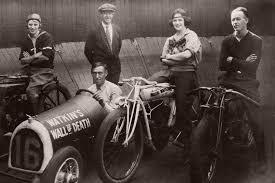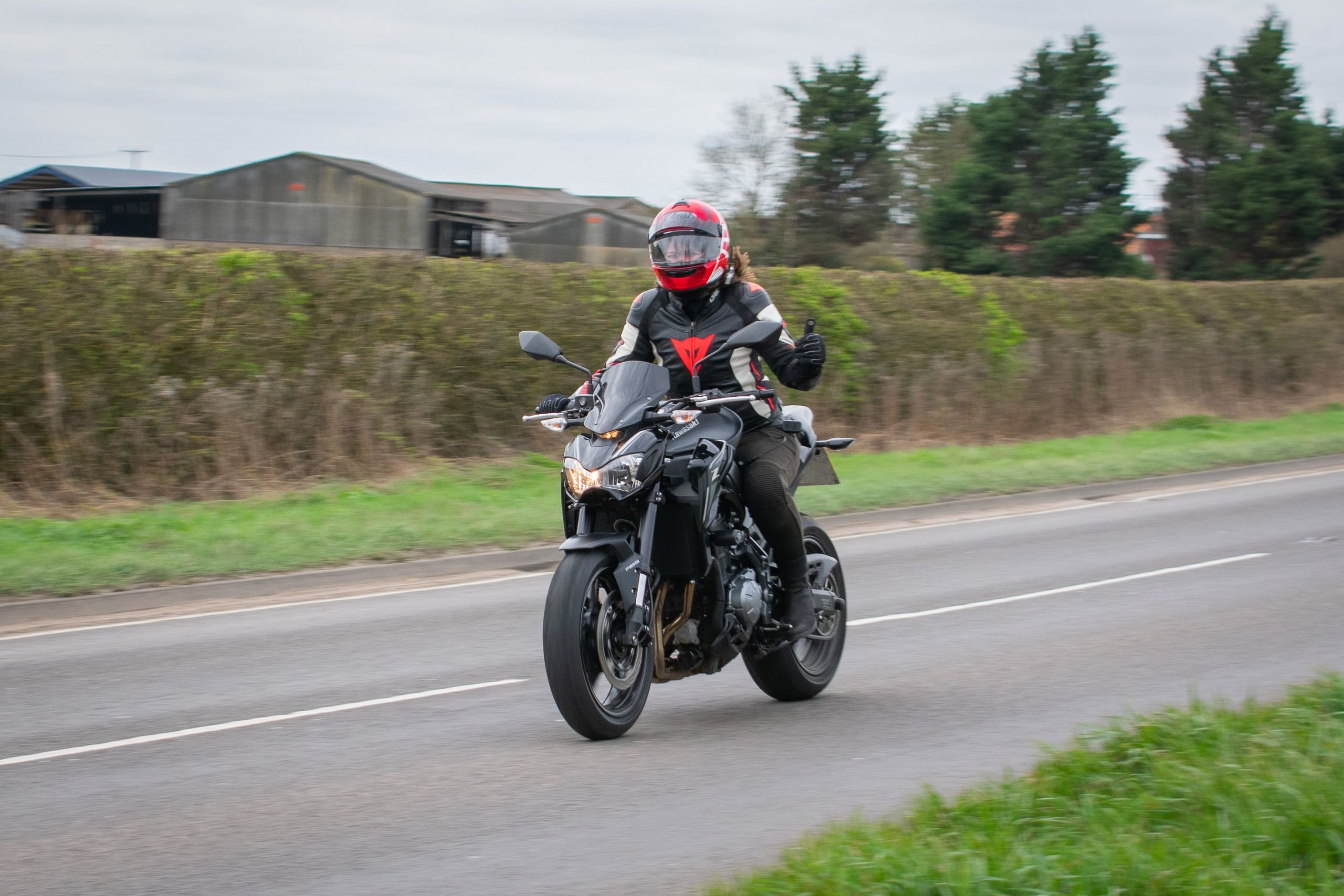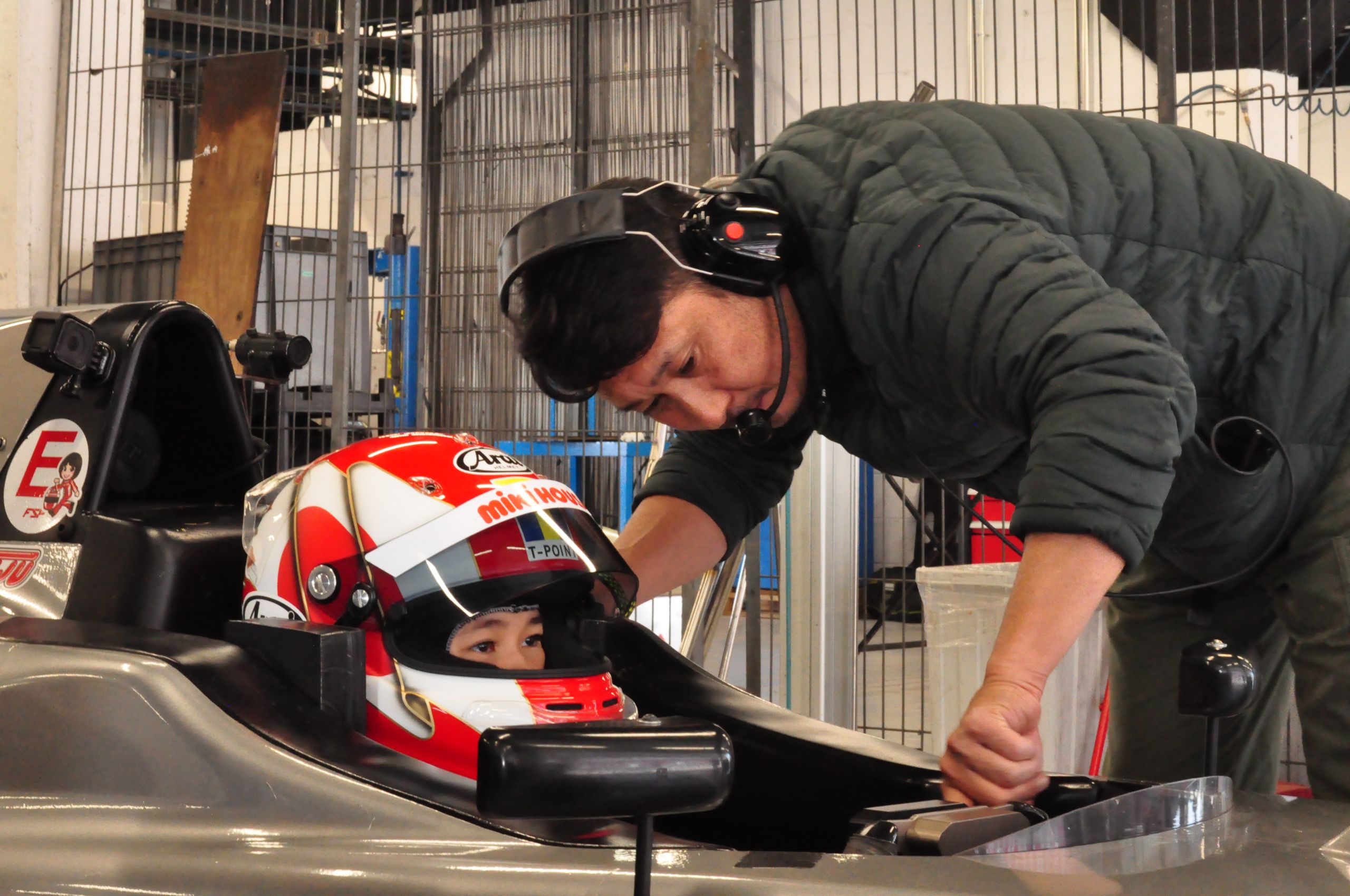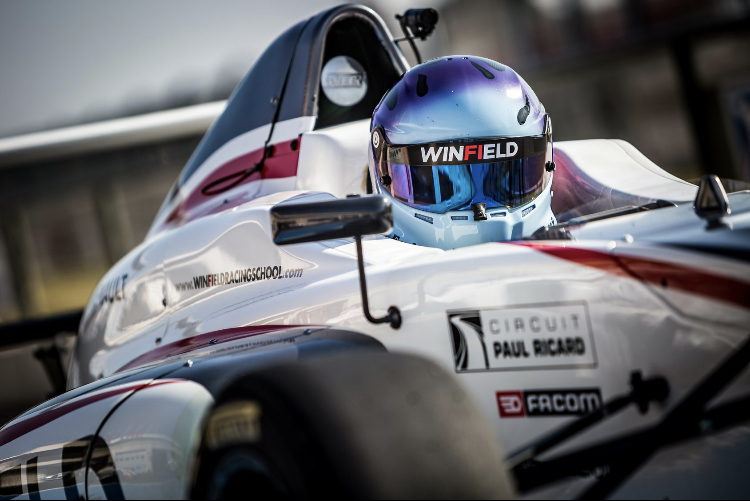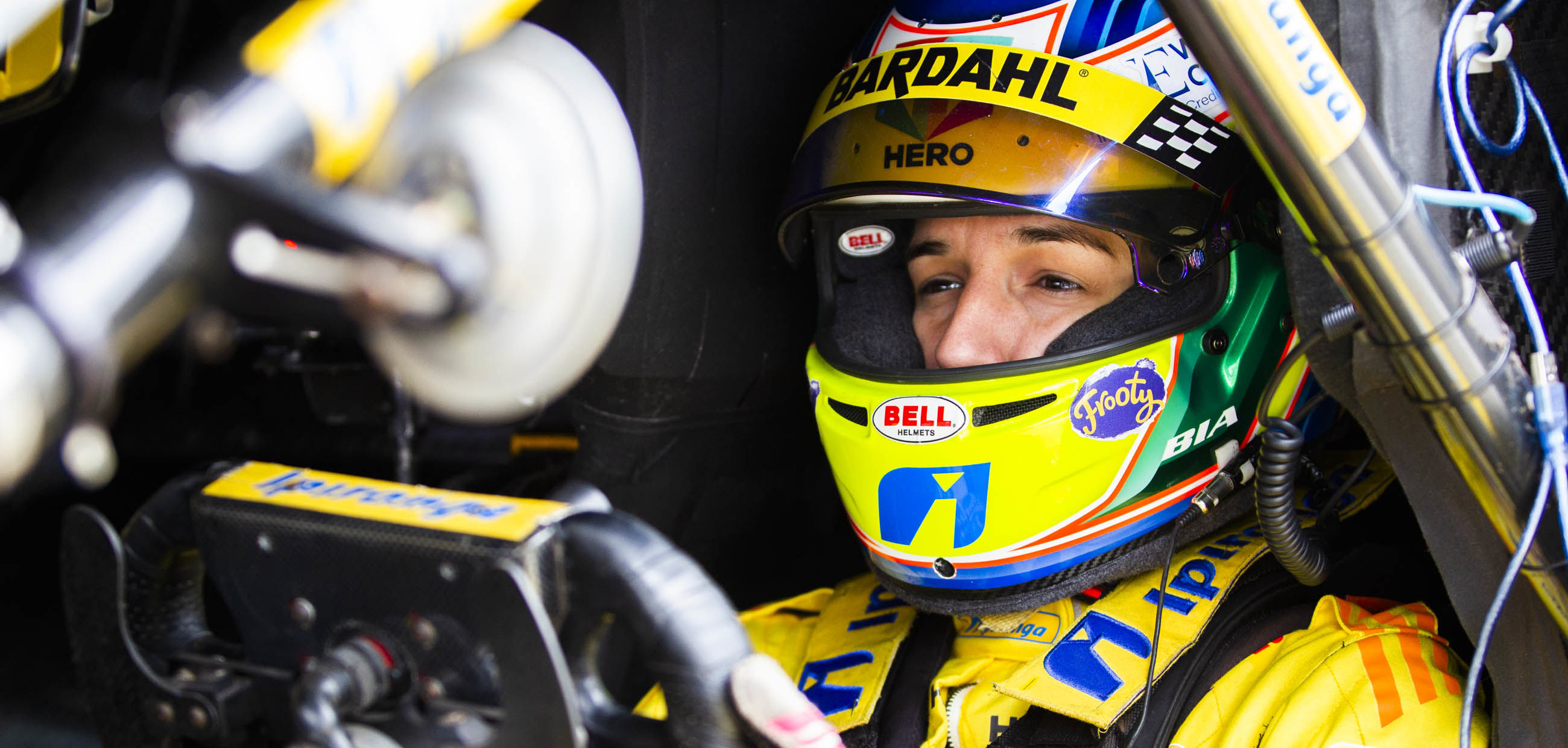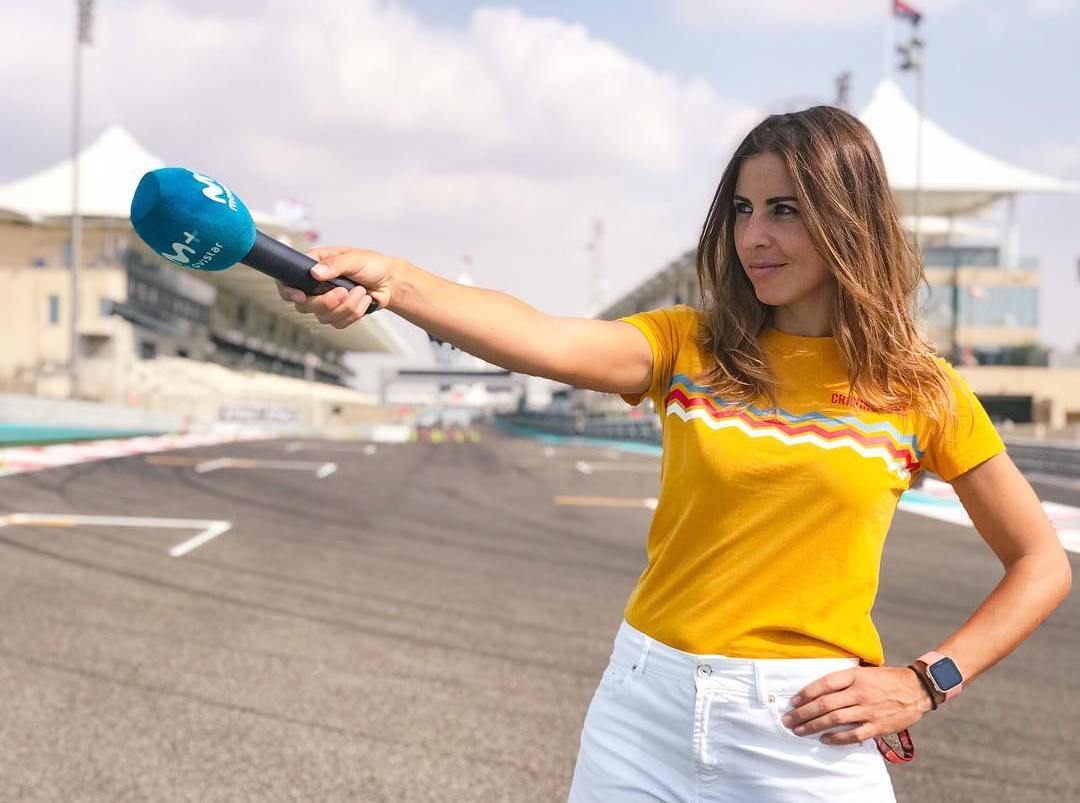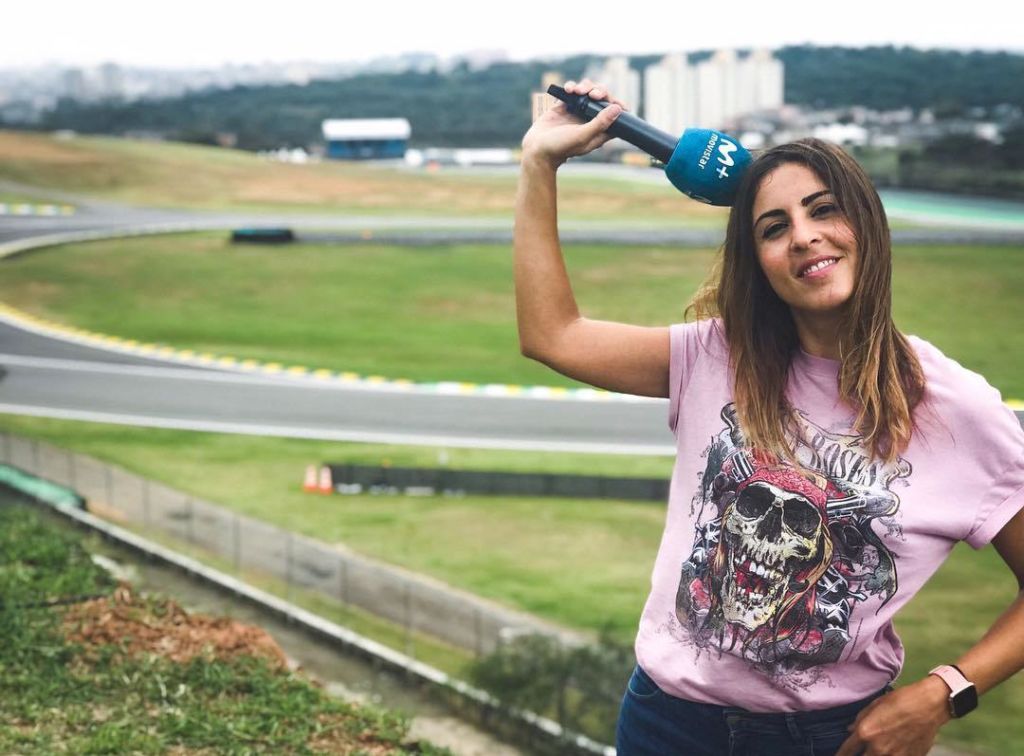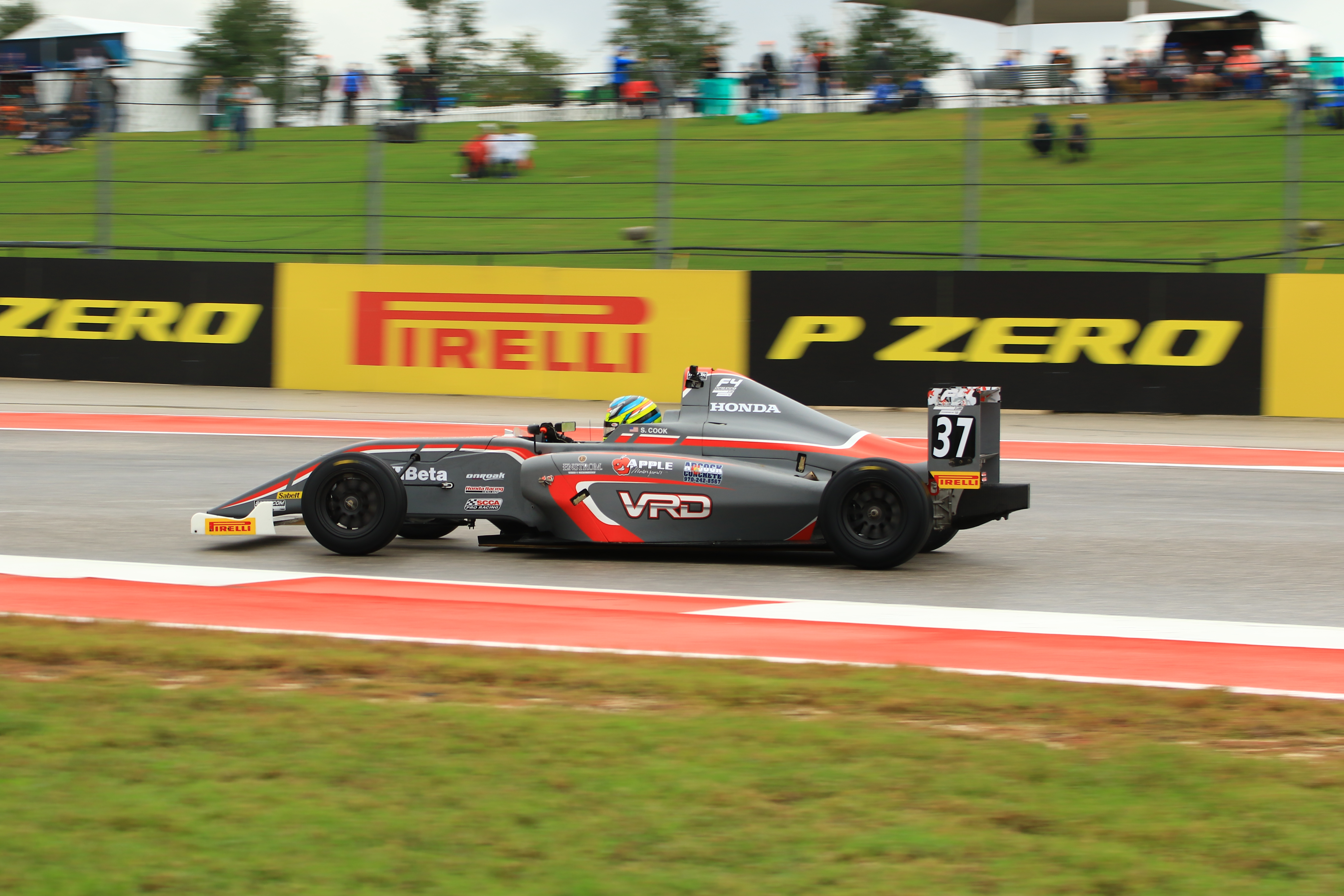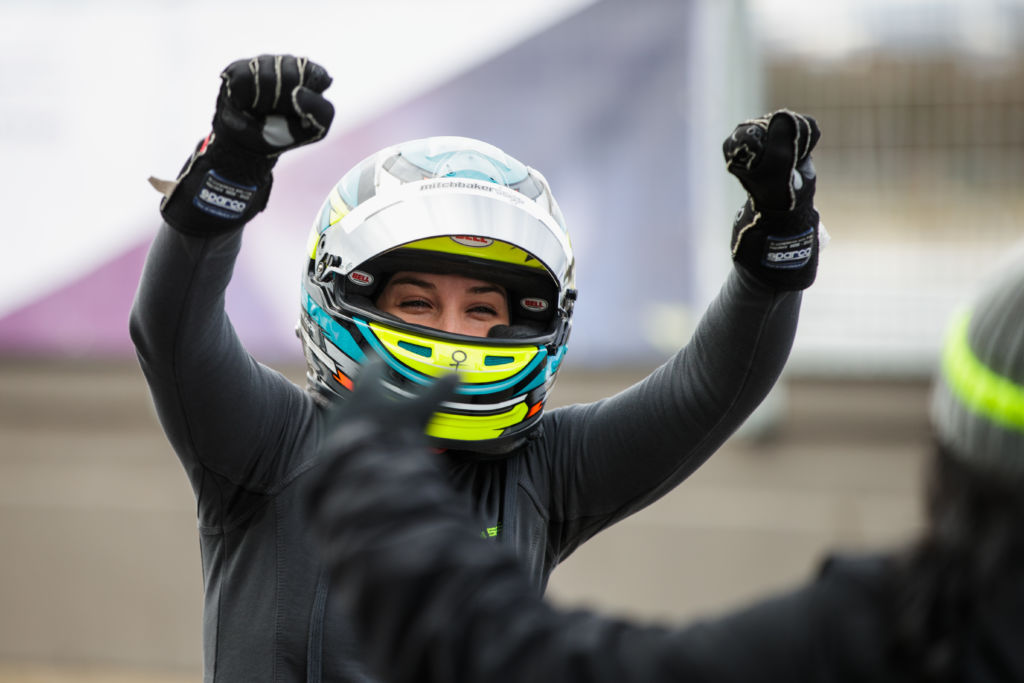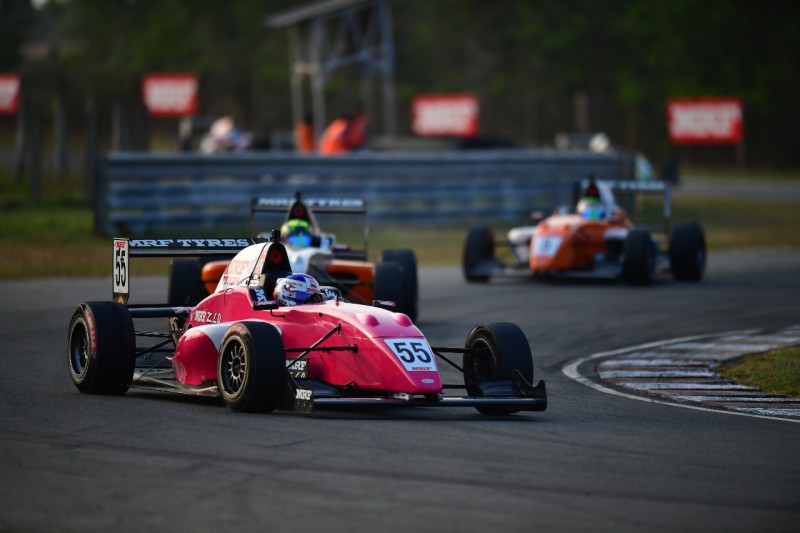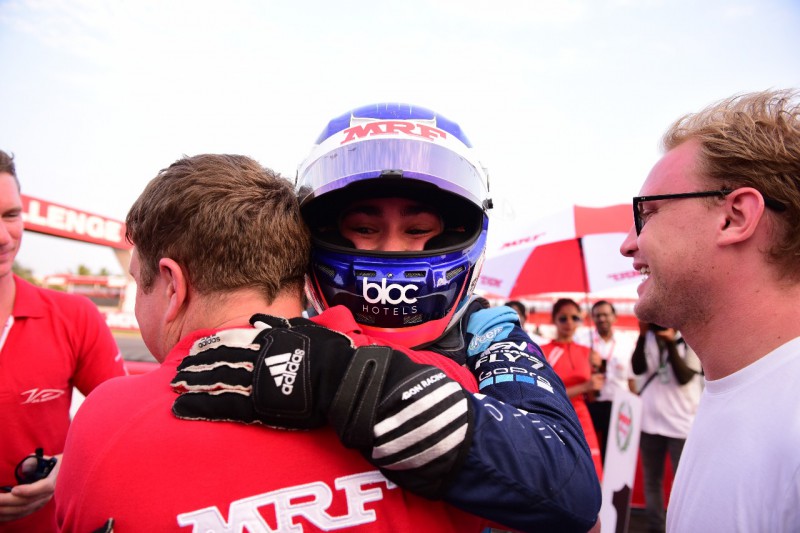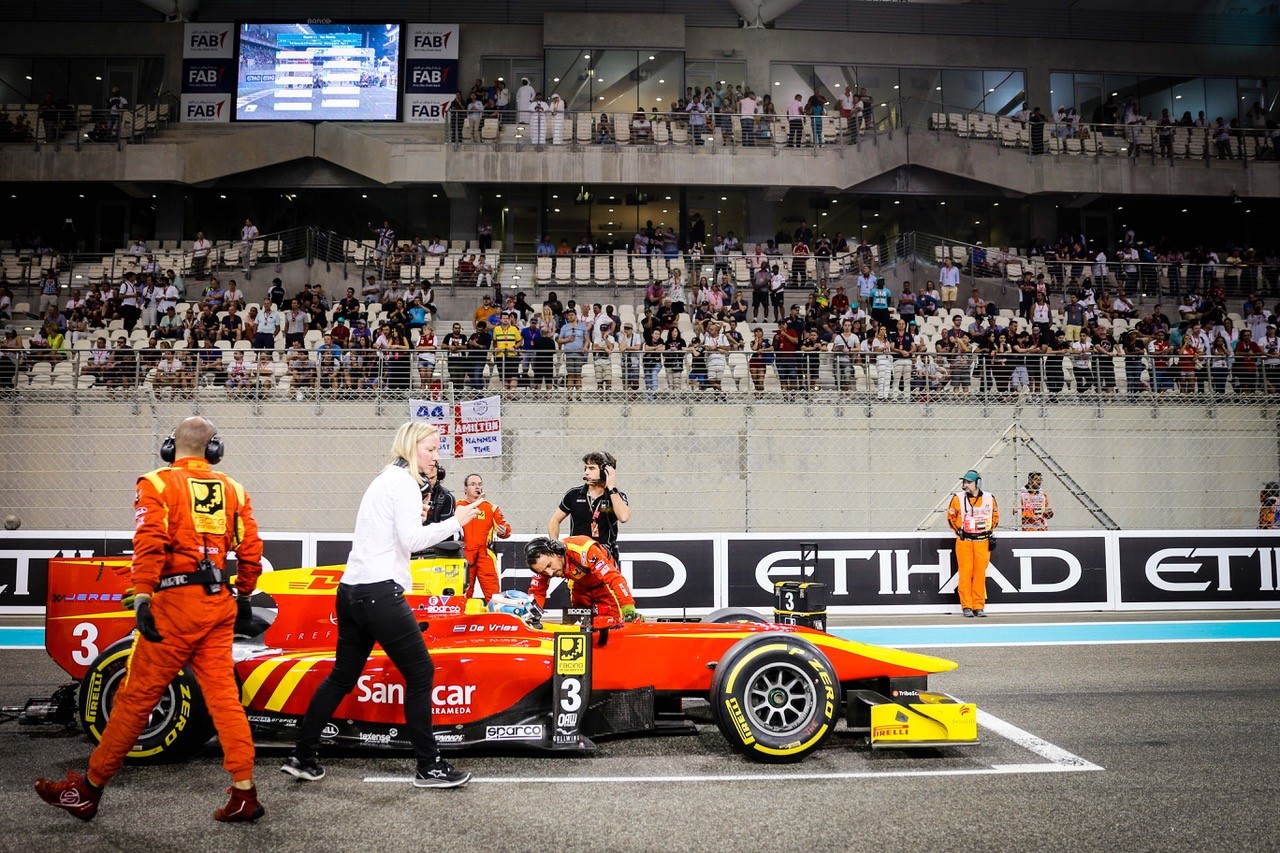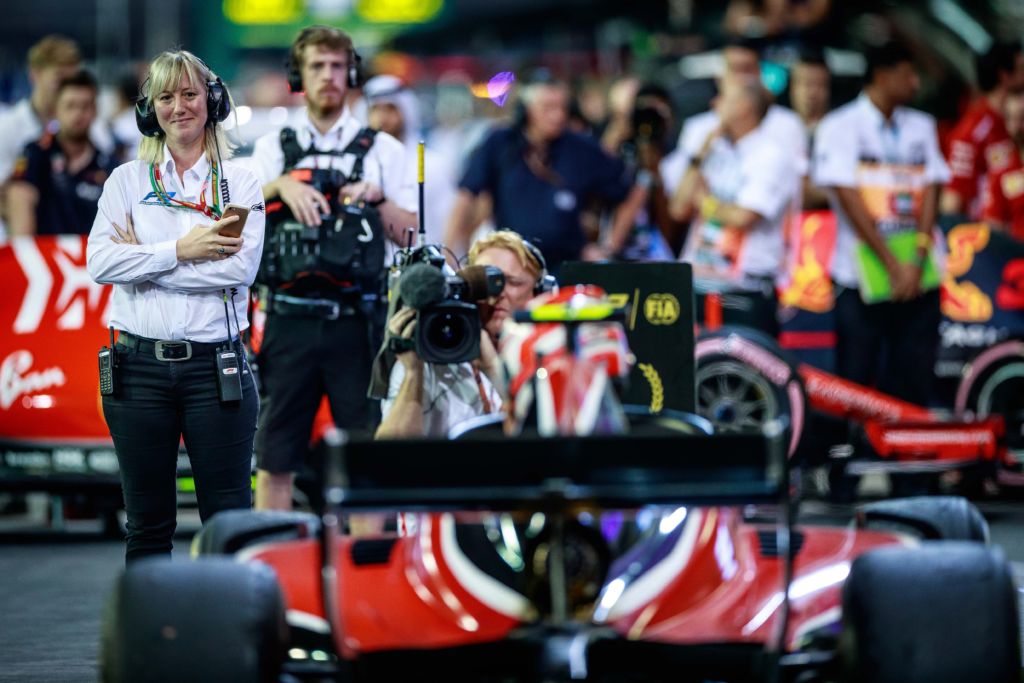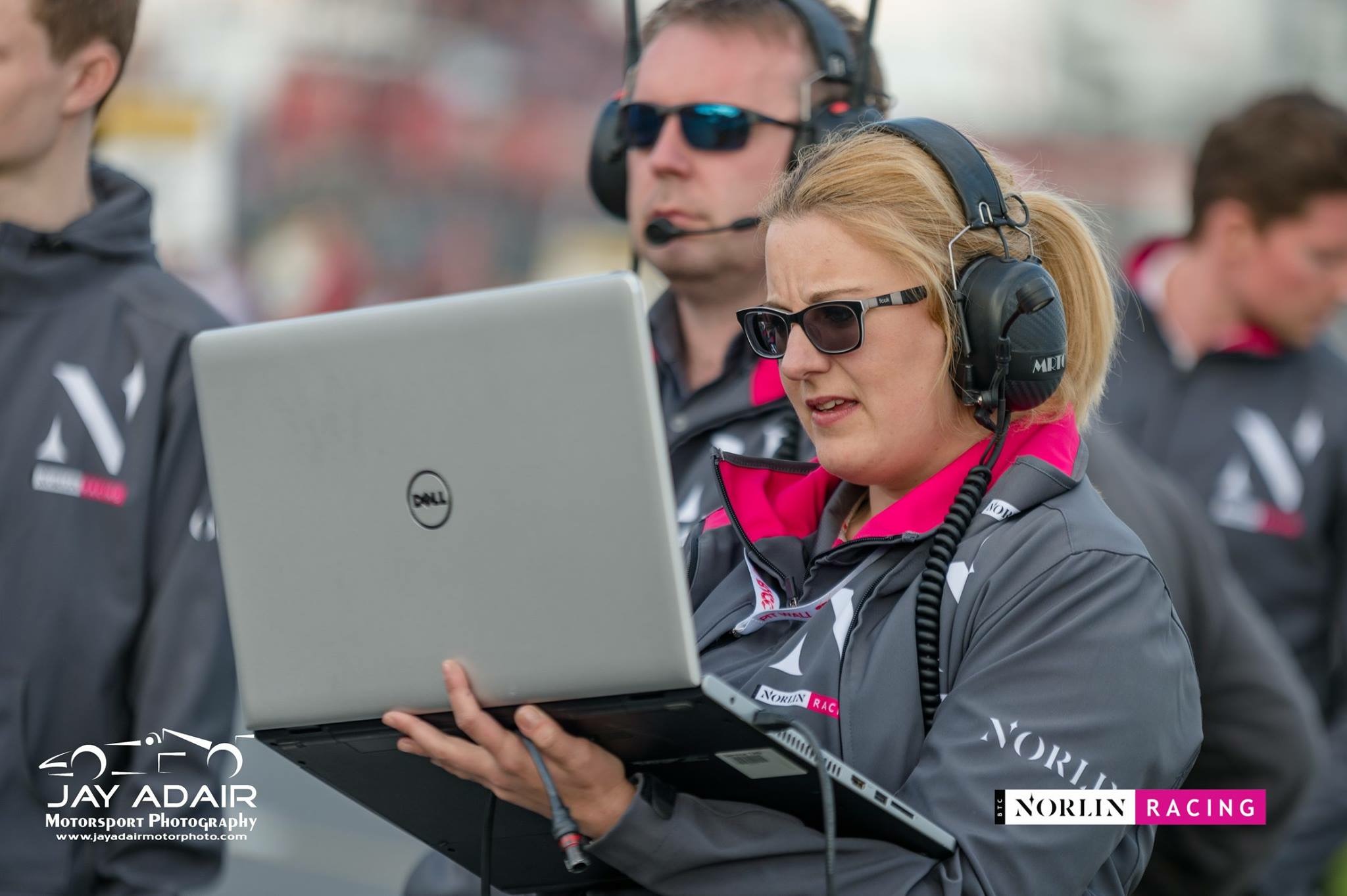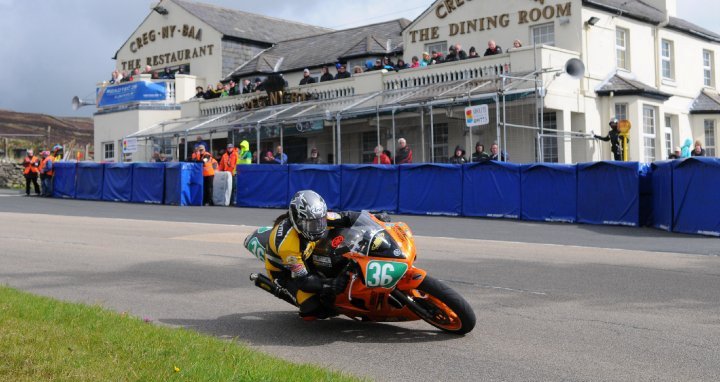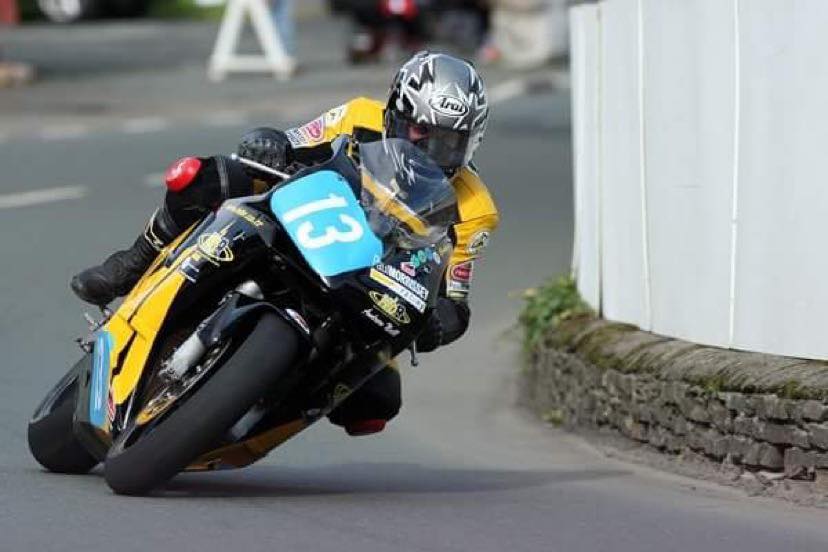Victoria Guppy is an ambassador for Dare to Be Different and works as a senior engineer at a major engine company, specialising in new technology. Previously, she worked in Formula One as a trackside engineer. To mark International Women’s Day 2019, we spoke to Victoria to discover more about the path she took to succeed in engineering, and to find out about the rewards and challenges that working in motorsport presents.
Alison Finlay: Can you start by telling us about your job and what it involves – what does a typical day look like for you, or is every day different?
Victoria Guppy: My job at the moment involves working on hybrid technology so I am doing a lot of research and going to conferences and trying to get up to speed on the latest electrification technology before the first Hybrid project starts. I’ve also been working with another team to resolve some issues they have with a new project.
I particularly enjoy problem solving. It is something that has been part of my job for my whole career and I find it fun trying to get to the root cause of an issue and find a solution. I have a bit more time to do this now. In Motorsport, this needed to happen in a matter of minutes to get the car back out but I have a few weeks now to come up with a solution. A lot of my work has been running engines on test beds to try and replicate the issues seen and then looking at the data. It really can be very different day to day which I love. You don’t have time to get bored!
AF: You previously worked trackside with the Manor F1 team. What are the demands of working at the track and how does it differ from other working environments?
VG: The biggest thing I struggled with being trackside in F1 is the tiredness and the jet lag and then trying to function at a high level. The days are very long and if you aren’t the sort of person that can sleep on planes or deal with jet lag well then it can be really demanding. My job was relatively stressful, but I really enjoyed that side of it. Especially being out on track with the car before the race starts, however I always used to be so nervous. If anything goes wrong with the car you do not have long to try to fix it before the race, and you don’t want to be the team seen by millions pushing your car off the grid if it has an issue you can’t fix. That was the most stressful time!
It’s a fantastic life for people who are very career driven and place F1 at the top of their priority list in life. I really struggled with being away from my family so much. For each race weekend, you are away the whole week before it, so that adds up, especially when you have back to back races, it can be weeks before you go home. I’m very glad I did it, however personally I was also glad to come out of it. I got to see some great places and you do get a couple of evenings to explore where you are, although this is if everything has gone smoothly with the car build. Although mainly it is the airport, the hotel and the racetrack that you see, but that is the nature of the job. Any sightseeing you get time for is a bonus!
AF: What path do people need to follow to work in engineering roles like yours? What should they study or seek work experience in?
VG: My biggest piece of advice would be to get experience. I started working for a team whilst I was at college, which taught me so much alongside my studies and I carried on working for teams through University. It teaches you to balance work and also reinforces what you are learning at uni, as well as making your CV look far more attractive to potential employers. Just write to people, teams and companies and then follow up by giving them a ring. By the time I finished my studies, I already had six years of experience in the industry. Also, get hands on, buy a car to do up or turn into a kit car even a banger racer. It teaches you practical skills and gives you a lot more appreciation and understanding.
To get to university, I did a Diploma in Motorsport at Bridgwater College, which was fantastic. The course, alongside A Level Maths and Physics, is great to set you up for University and working as an engineer in Motorsport. I then did a Bachelor’s degree in Motorsport Engineering.

AF: You are a Dare To Be Different ambassador – why do you feel this initiative is so important?
VG: For me as a STEM ambassador also, it’s about getting more young people into engineering. As an industry, there is going to be a massive skills shortage if we don’t get more children interested in and excited about engineering.
I think it’s also about overcoming the stereotypes that it’s a man’s world and, yes, it has been, but the industry is on a massive learning curve. Having a diverse workforce means that you have varied ideas. People with different backgrounds and experiences with different inputs. Different characteristics bring with that different skills.
I would love to get to a day where a little girl saying she wants to be a race car driver, or an engineer, isn’t different, but the sad fact of it, is at the moment, it is. So, the initiative is about embracing that, creating a community, supporting each other and saying to younger girls that it’s okay to enjoy this. There are plenty of other women out there that do and have successful careers and it’s about giving them the support, the empowerment and the opportunities to achieve their dreams.
AF: What inspired you to work in engineering?
VG: Quite honestly – watching Formula 1 on TV with my family on a Sunday afternoon.
I once heard a lecturer tell a young guy that wanted to join the motorsport degree that because his only interest had been watching it on TV then he shouldn’t bother signing up. Well, that’s how I started, that’s what piqued my interest and I had no previous experience of engineering or motorsport or had any family members that were ‘in the trade’. I took great pleasure in telling the guy, in front of that lecturer, that as long as you work hard, you can get to where you want to be, even if your previous interest in motorsport is ‘just’ watching on TV. It doesn’t matter what it is that got you interested, the point is that you are.
AF: At the moment there is still an imbalance in the number of men and women working in engineering and in motorsport. Do you think this will change in the future, and what can be done to catalyse these changes?
VG: I hope it can; I think young women are becoming far more empowered to choose the career they want rather than what they think they should have. It’s about getting into schools and teaching kids from a young age that there are female engineers and mechanics and it is possible to do that and for schools to be providing a good STEM education.
However, I am really against just trying to ‘get up the numbers’. Whoever gets the job needs to be the best candidate and having token females just to even out the numbers will do nothing to dispel the myth that we aren’t as good as our male counterparts. So that is all dependent on how many females firstly want a career in engineering, and then go on to do well and succeed in it. Not everyone does and that goes for both genders.
We do still have the generation around that tend to not be as accepting and I have certainly come across a few of them, but if you’re good at your job and do what you need to do then they have nothing to say and it hopefully teaches them that a female is just as capable, no matter their opinion. That’s the only way we are really going to change it for future generations. Carry on doing our thing, doing it well and calling out any behaviour that isn’t acceptable.
AF: Which woman has been the biggest inspiration in your career?
VG: Unfortunately growing up there were not a lot of high-profile female engineers in motorsport. There are certainly a lot more now, but during college Leena Gade was a big inspiration to me. She has won multiple titles and worked her way up through the ranks to get to where she is. She lets her hard work and results do the talking. From some of her interviews, I really like her outlook on being a female in Motorsport. Essentially, if you’re good enough at your job it doesn’t matter if you’re a female, you can achieve what you want to achieve.
AF: Finally, what has been the proudest moment of your career so far?
VG: I definitely had a bit of a self-reflection moment, my first time on the grid when I started working in F1. I just looked down the grid and thought, this is it, I’m here, I made it. All my dreams at that point had come true.
